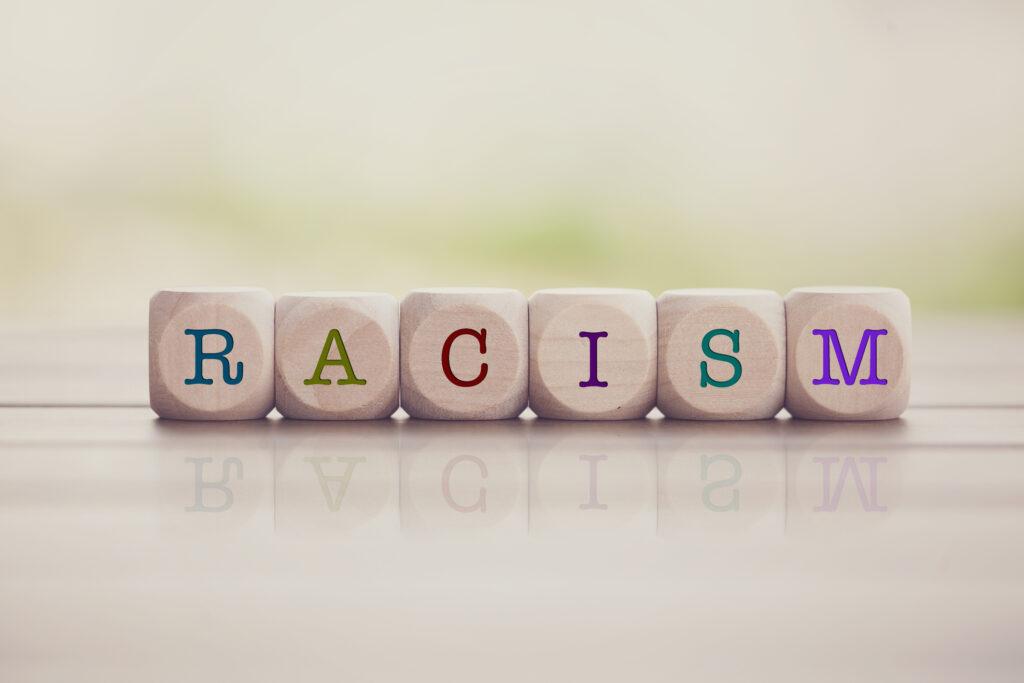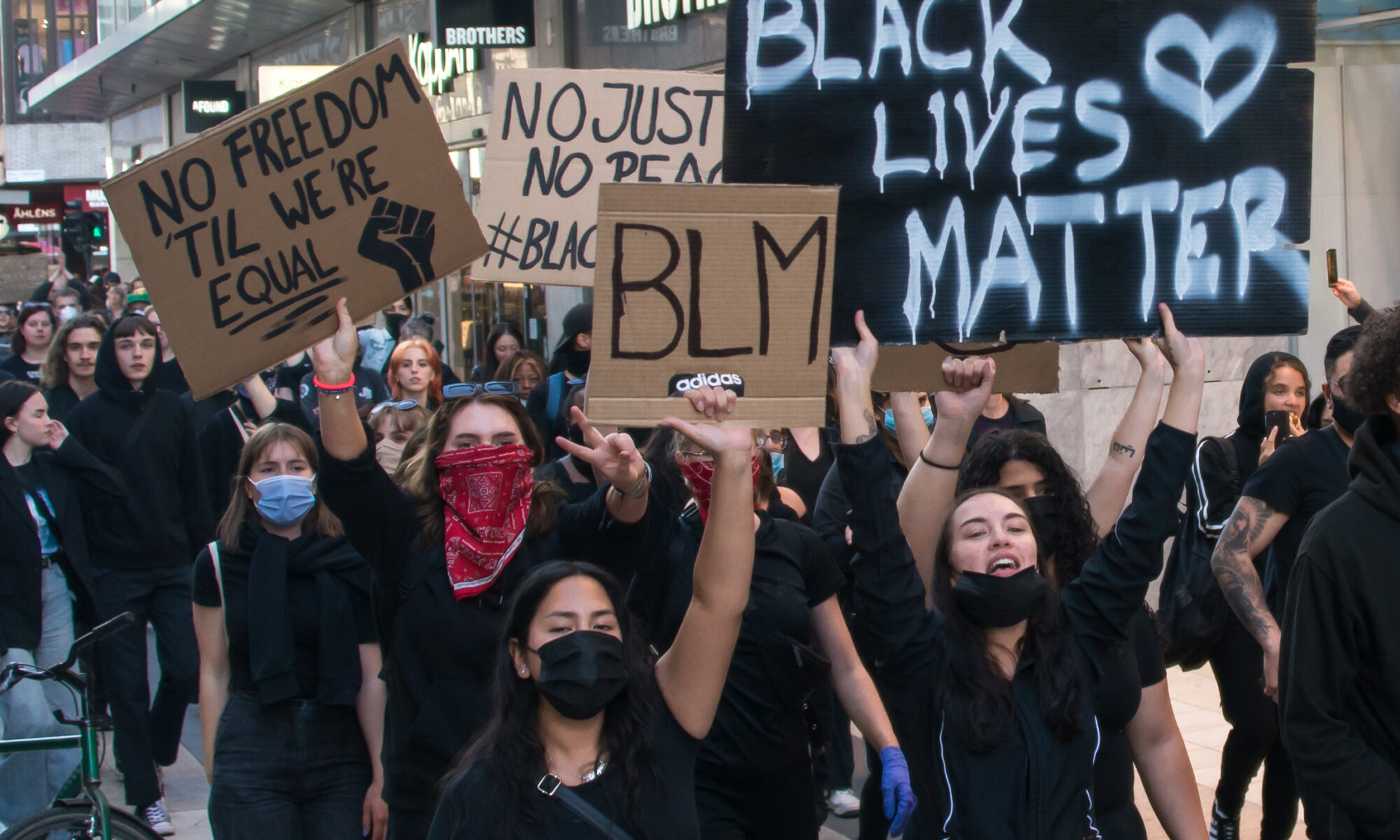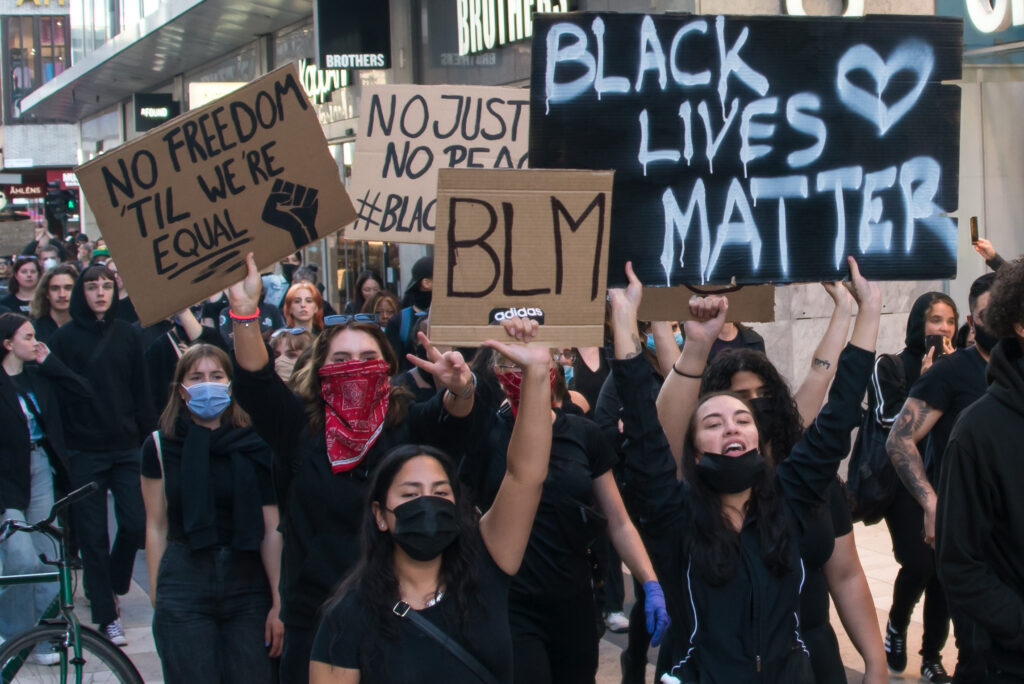The initial purpose for this research was to determine if there’s a generational divide on race in the Adventist church. The problem is that there’s not a lot of data on that question. Adventist-specific data is harder to come by. That’s where we have to be the ones who find out. Journalism is a truth-seeking field, and the truth on this needs to be sought out.
We looked at the history and took a glance at how the Adventist church has handled race. The results were a bit mixed. But that doesn’t answer the big question: how do Adventists feel about it? Is there a divide? It seems that way, but facts aren’t reported on how things seem. They’re reported on how things are.
To find out how things are, I am conducting a survey. The survey aims to give Adventists a space to respond to how they feel about racial issues and race in America. That’s how we’ll figure out just how divided we are, if we are at all divided. Once we figure that out, we can begin to move forward with bridging that gap. At the very least, we can begin to understand why.
The survey has been out for quite some time and when you read this, we’ll likely have data compiled. But this is an ongoing endeavor and if we really want to fully understand it, then more responses are absolutely critical.
Here’s the link: https://forms.gle/79AwEYp2zK7mckP99. Your responses are valuable and will help us to understand this phenomenon.




